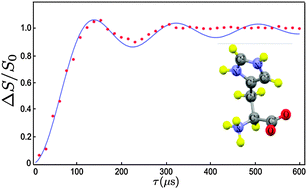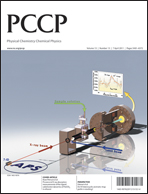Measurement of 13C–1H dipolar couplings in solids by using ultra-fast magic-angle spinningNMR spectroscopy with symmetry-based sequences
Abstract
We show that 13C–1H dipolar couplings in fully protonated organic solids can be measured by applying a Symmetry-based Resonance-Echo DOuble-Resonance (S-REDOR) experiment at ultra-fast


 Please wait while we load your content...
Please wait while we load your content...